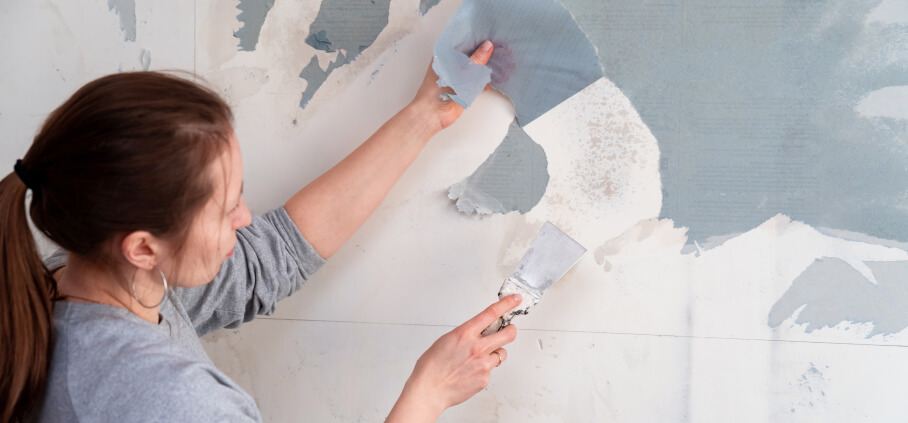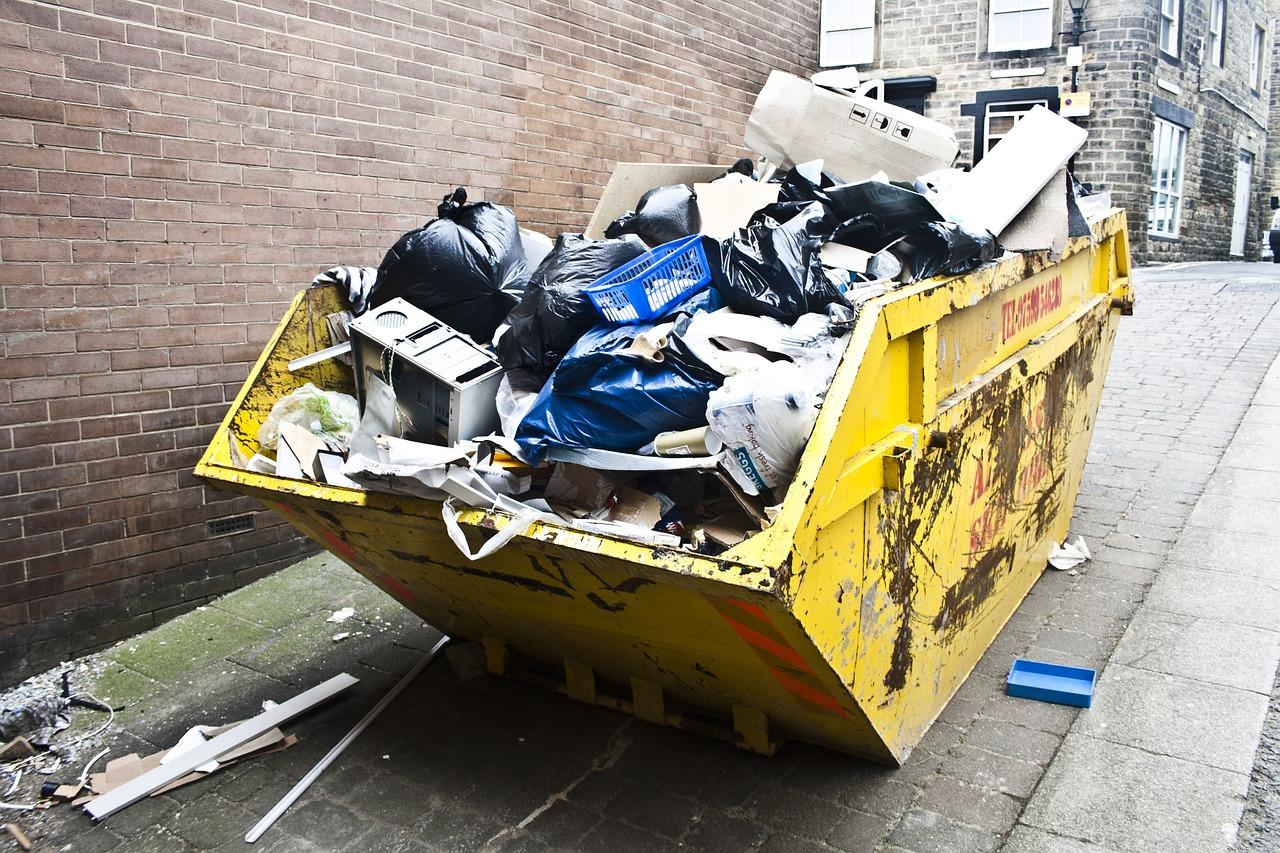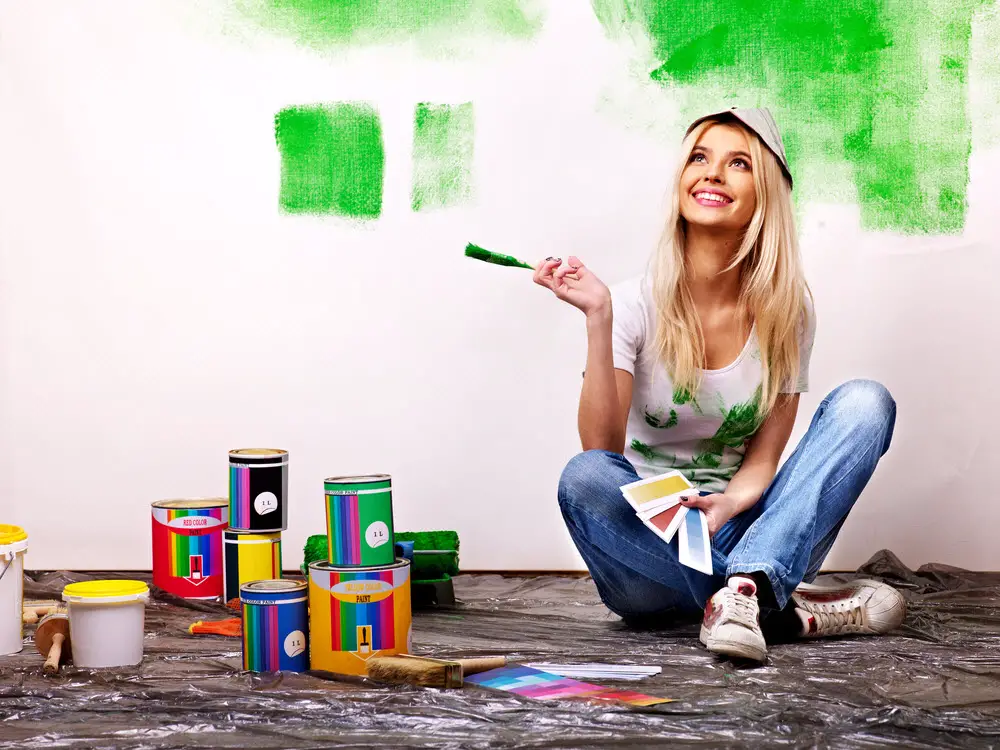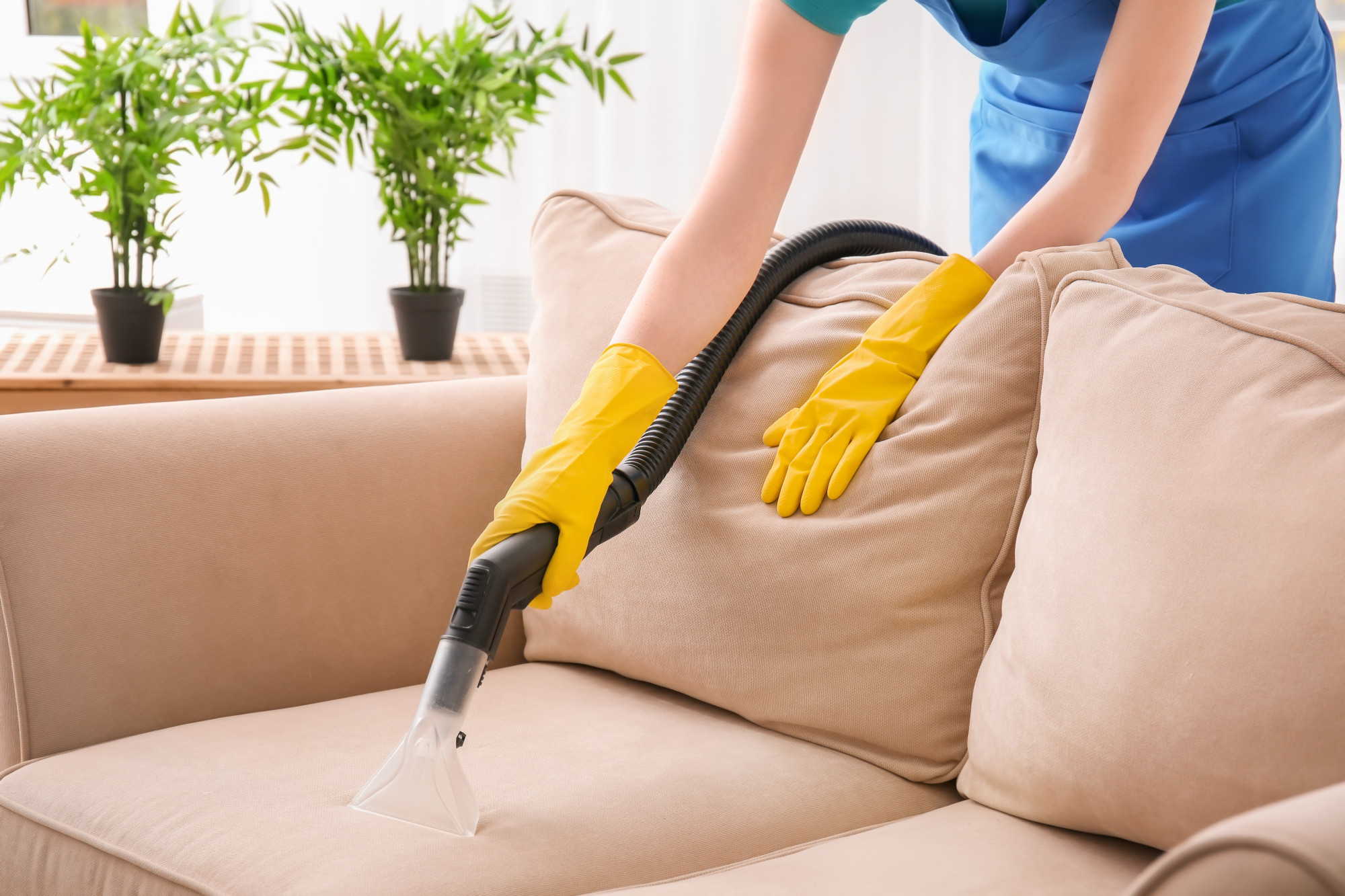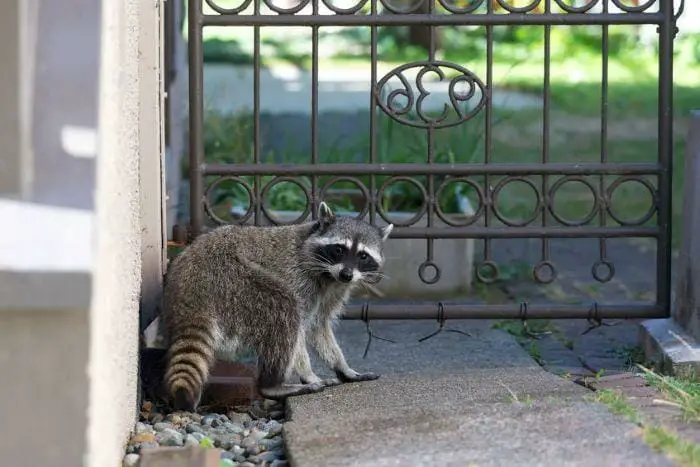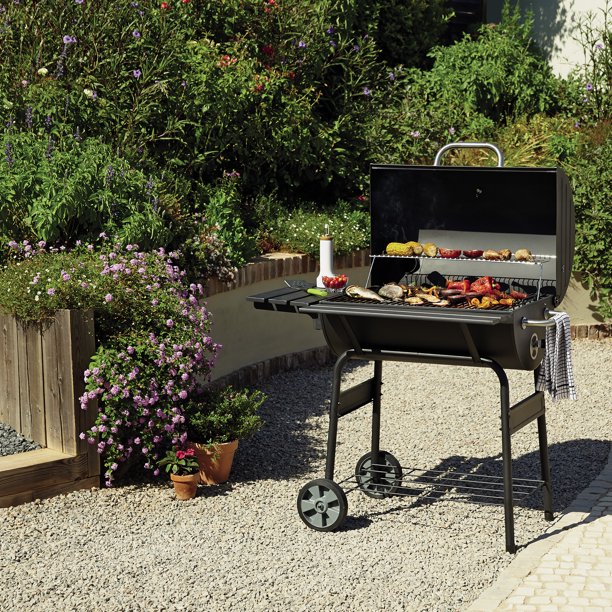For a long time, you couldn’t figure out how to remove the wallpaper adhesive from the walls of your home because you didn’t know what to do with it. The good news is that this post has all the information you need.
Blisters, cracks, and peeling may result when painting over wallpaper adhesive. Before painting over wallpaper glue, make sure the wallpaper glue is well cleaned. You can clean off most of the glue on the wall, but not all. Ensure the wall is clean and free of wallpaper adhesive before applying a primer.
What to You Should Know When Painting Over Wallpaper Glue
You should know six things before painting over wallpaper glue on your walls.
1. Paint and Glue Aren’t Compatible
Before you begin painting over the wallpaper, note any areas where you used adhesive. If you combine wallpaper adhesive and paint, you might end up with an unattractive mish-mash of both.
You must know what adhesive you used while painting your walls. Many individuals prefer Water-based wallpaper adhesive, the most attractive and most durable option available. Additionally, it’s a green choice.
It’s a better choice since it has no odor and is better for your walls than the other options. However, combining the paint and wallpaper glue is not a good idea since the paint reactivates the adhesive.
The paint will not adhere to the wall as planned once the adhesive is activated. Paint spots that don’t dry are the result. Over time, these blemishes begin to chip and shatter to the point that they tumble off the wall.
If you want to paint a wall, it’s best to remove the wallpaper first and then paint it. To avoid issues once you begin painting, cover up any exposed adhesive. You might also take precautions to keep the wallpaper intact while preparing the room.
2. Dress Appropriately
Dressing appropriately is an essential part of mastering the technique of painting over wallpaper adhesive. Before you can begin, you’ll need the proper equipment and attire.
Using hot water and elbow grease can get the wallpaper adhesive off. These materials are prone to leaking. When priming and painting, it’s the same.
Get a headcover first. Covering your hair with a scarf or a hat is an option. Get some eye protection as well. They’re harmful, so you should avoid getting them in your eyes as much as possible. As a result, be sure to put on some eye protection.
Lastly, choose attire that is both comfortable and free of restriction. Avoid wearing anything that restricts mobility when applying wallpaper adhesive. You’ll also want to make sure that they are clothing that you’re okay with getting dirty.
Finally, don proper footwear. When painting a wall in your house, use sturdy shoes. If you’re not careful, you may accidentally tread on various tools.
Because of this, avoid working barefoot or in exposed shoes. Paint removal off the skin isn’t the most pleasant experience.
3. Prepare The Room
When contemplating how to paint over wallpaper adhesive, keep in mind the steps involved in removing the old paint. If you could paint any room in your home, which would it be? Are there any obstacles in the route, such as furniture or other objects?
Removing as many objects off the wall as possible is the first step before doing any work on the wall. Alternatively, if you want to work in sections, you may place them on the side. Or, if that’s not an option, get them all out of the room.
Another stage in the preparation of a room is to cover the floor. A combination of paint and wall residue might cause stains on your carpet or floor. As a result, if at all feasible, secure the whole area. To keep liquids out, you may use nylon paper or anything similar.
4. Scrub & Scrape Glue Residue
Wallpaper adhesive is prone to peeling off, so removing it before beginning to paint the wall is preferable. Have a sprayer and elbow grease to get started.
The best method is to spray the whole area with elbow grease and remove the wallpaper adhesive. You should use large elbow grease to remove any remaining wallpaper adhesive from the wall.
The wall may now be scrubbed clean once all the glue has dripped. Make sure you have a scraper handy to assist you in removing all of the more significant bits of glue off the wall. Scrape the buildups off as best you can to avoid a mess while painting over them.
Use a big sponge to soak up as much of the wet glue as possible before wiping it away. Continue to apply elbow grease to the wall to prevent the glue from drying out. After that, use a stiff brush to remove any residual adhesive from the wall.
5. To Loosen Stifling Glue, Use Hot Water
Hot water is the next step after cleaning the whole wall with elbow grease and a sponge. You want to re-scrub the entire area you previously cleaned. Grab a sponge and a bucket of hot water, and go to work cleaning up the mess.
The sponge should be soaked in hot water but not squeezed. Instead of scrubbing the area, use hot water to remove any leftover wallpaper adhesive and elbow grease.
Before preparing the wall for painting, the last step is removing all of the wallpaper adhesives. Before applying primer, let the wall dry thoroughly after washing it off with hot water. Even if you’re cautious, you’ll still get some adhesive on your hands as you learn how to paint over wallpaper.
6. Minimal Drywall Repairs Are Expected
You must make repairs before you can learn how to paint over wallpaper adhesive. After removing as much of the wallpaper adhesive as possible, thoroughly inspect the whole wall. Is there anything that needs to be repaired, such as cracks or holes?
The first step before painting any wall is to mend it. After a while, even the most durable wallpaper will show signs of wear and tear.
The first step is to eliminate any excess wallpaper lingering around. Use sandpaper to smooth up the surface. You cannot apply the primer until you’ve done this to all of the areas that have been damaged. When you’re done, smooth up the spaces with some patching mold.
If you want a finished product that is both smooth and appealing, you should begin by fixing the wall. A drywall compound might be helpful at this step. Once the paint is on the wall, you’ll see fewer dents.
Bottom Line
Rather than painting over wallpaper glue, skip that step entirely. Instead, scrape it off and paint the wall with a primer coat of a neutral color.
Make sure you fix all the blemishes in the paint to ensure a smooth and even finish.
